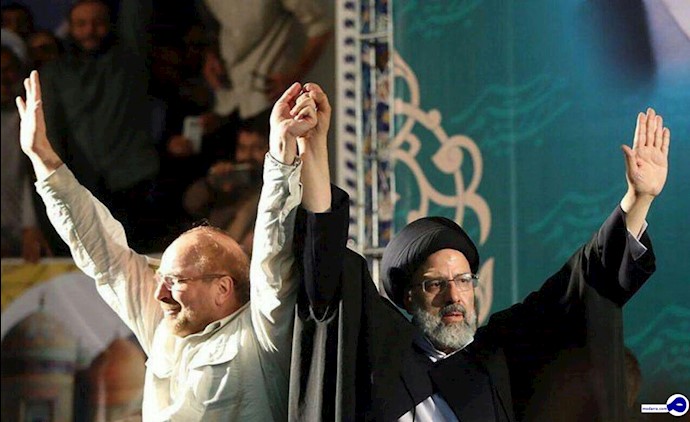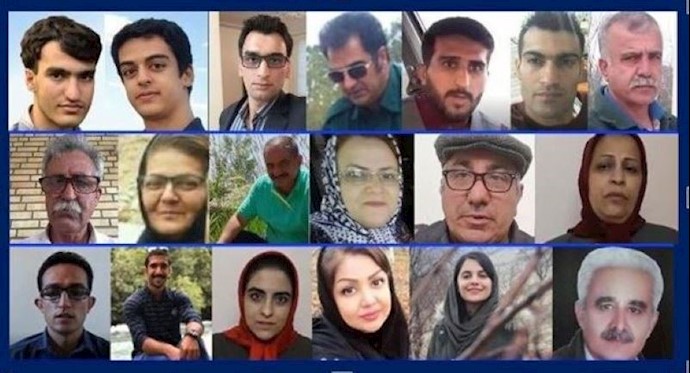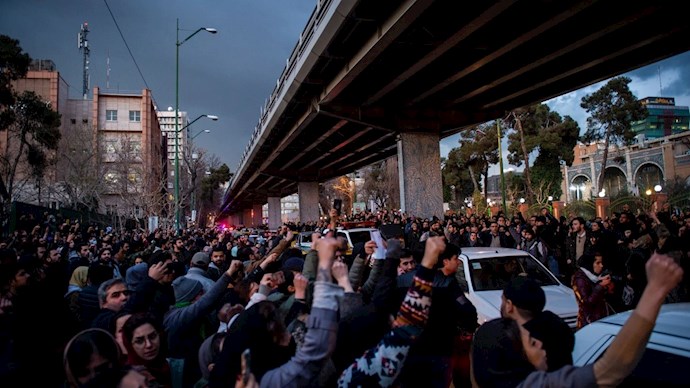Reporting by PMOI/MEK
Iran, June 6, 2020—In a phone call with the Health Minister on Wednesday, June 3, Iranian regime president Hassan Rouhani emphasized that the people shouldn’t pay attention to foreign propaganda about the coronavirus outbreak. He repeated the same thing on Thursday at the opening ceremony of the Ministry of Energy projects. This indicates his frustration toward the Iranian opposition People’s Mojahedin Organization of Iran (PMOI/MEK) daily revelations on coronavirus statistics, which has become a source of information for many across the globe.
Rouhani also revealed on Thursday a two-year contract with Iraq for the export of electricity and water. He emphasized that in terms of electricity, people need to save seriously, otherwise “we will have problems during the summer.” Exporting water and electricity while the Iranian people are facing serious problems is an example of how the regime plans to earn money at the people’s expense. The regime is doing the same with agricultural products, which results in a growing shortage and expenses of these goods for the Iranian people. The regime is spending national wealth and resources to preserve its rule at a time where the people need the most support. This is a reflection of the regime’s move toward further isolating itself and consolidating power in its suppressive apparatus.
Khamenei’s options

Iranian regime supreme leader Ali Khamenei
In the regime’s current economic crisis, exacerbated by a worsening coronavirus outbreak and the sudden drop in oil prices, Supreme Leader Ali Khamenei had two options: either enter negotiations to lift U.S. sanctions, or follow the policy of contraction and further consolidate power in himself and his closest allies. This is what he described as a “young and hezbollahi” government.
Khamenei knows that entering negotiations from a weak point will cause social overtures and open the path for more protests, not a good consequence for a regime that has just put behind two major uprisings in 2018 and 2019.
Therefore, Khamenei opted for the second route, contracting his regime. Consequently, to fill the vacuum left by the drop in oil revenues, he decided to further plunder the national wealth. This means, instead of imposing quarantines to prevent the spread of coronavirus, he reopened the economy and sent the people back to work and coronavirus minefields and to tax their work outcome and export agricultural and mineral products.
High inflation in a powder-keg situation society
Another way the regime digs its hands into the people’s pocket is by printing banknotes. At present, 12 trillion rials’ worth of unsupported banknotes and bonds has entered the market, which results in a 40 percent inflation. Economic experts predict inflation will soon reach 50 percent. As a result, the 15-20 percent raise in the salaries of workers and government employees will be neutralized by the 40-50 percent increase in inflation. This year, their purchase power will drop by 20-30 percent, making their tables smaller than they already are. In addition, more than 3 million workers have lost their jobs in the past three months due to the coronavirus crisis, and they have joined the 7 million unemployed population of the country. This has all led to a powder-keg situation in the society, which has pushed Khamenei further into the path of contraction.
Intensified repression

Mohammad Bagher Ghalibaf (left) and Ebrahim Raisi (right)
o consolidate his power, Khamenei must close the gaps in his establishment. By appointing Ebrahim Raisi, a member of the Death Committee in the massacre of 30,000 political prisoners in 1988, as the head of the judiciary, and Mohammad Bagher Ghalibaf, a former head of the State Security Forces, as the speaker of parliament, Khamenei seeks to establish what he calls a “young and hezbollahi” government. Although he knows that this decision can lead to bigger protests than what has happened in the past few years, he has no other option.
The regime’s failed campaign
Khamenei tried to use the coronavirus crisis as a tool to maintain his regime. Also, Rouhani said that if 2-3 million people die from coronavirus, it would be better than 30 million hungry people take to the streets. Khamenei and Rouhani thought that they could profit from the rising numbers of coronavirus victims and cover up their criminal policies through propaganda based on fake statistics and showing they have overcome the situation in comparison to other counties. But their evil plans have failed due to the constant revelation of the MEK and the Iranian Resistance. Even Rouhani acknowledged recently that the number of coronavirus cases is increasing and blamed the people by saying: “Our work has now become even more difficult. If our people believe we will return to pre-coronavirus conditions, it is not so. We will not return to normal circumstances any time soon.”
Fear of the MEK

Activists arrested by the Iranian regime
This shows why Khamenei and Rouhani are annoyed by the daily revelation of MEK’s internal network and have increased their demonizing campaign against them. Recently Khamenei expressed his fear of the new generation being attracted to the MEK and Morteza Moghtadaei, former Iranian regime official involved in the 1988 massacre advertised lies against the Iranian Resistance. This is a clear sign of regime’s failure to demonize the MEK.
Therefore, in a situation that regime’s own officials acknowledge that the MEK is attracting youth, following the policy of contraction has only one destination: more public outrage and nationwide uprisings to overthrow the regime.





